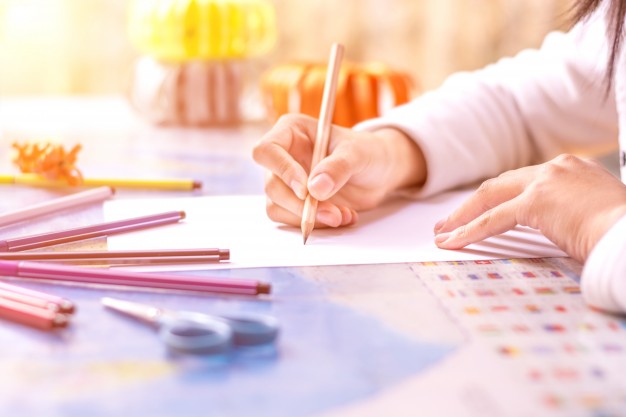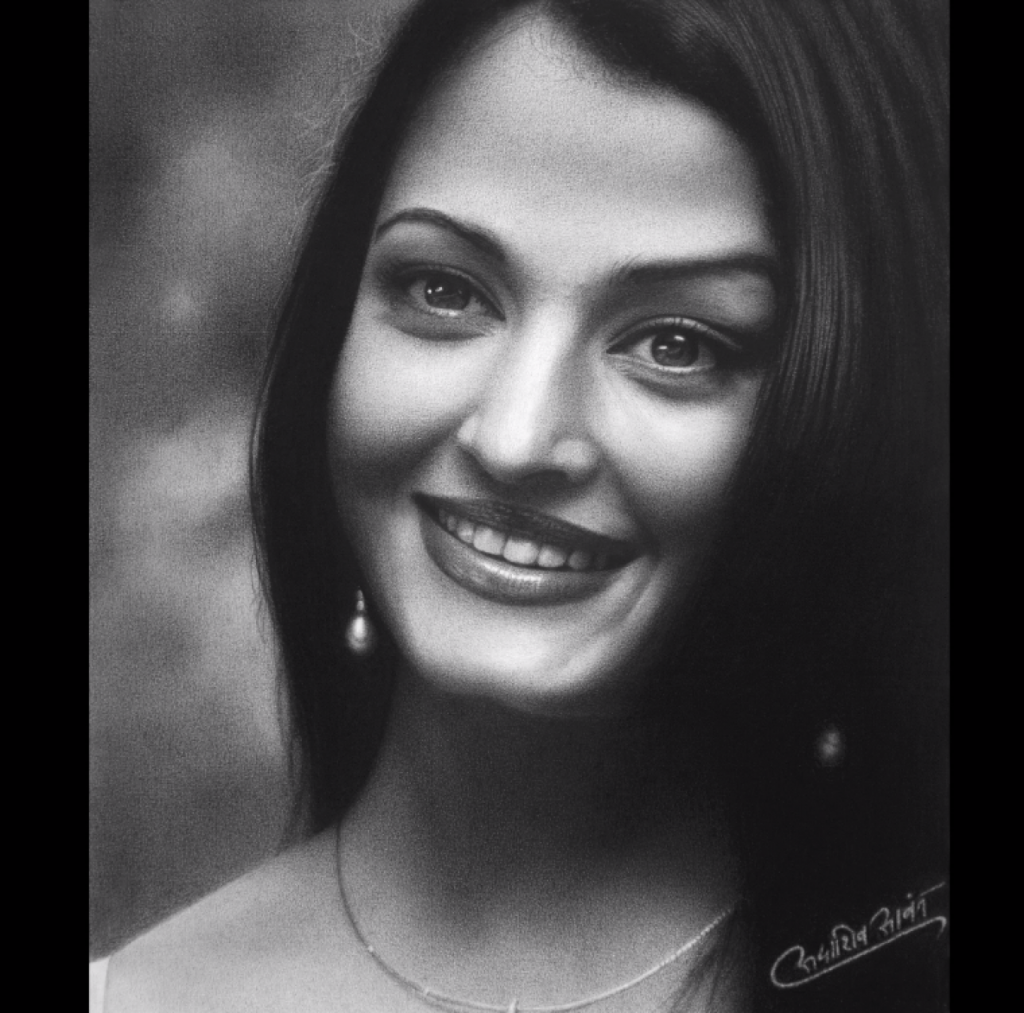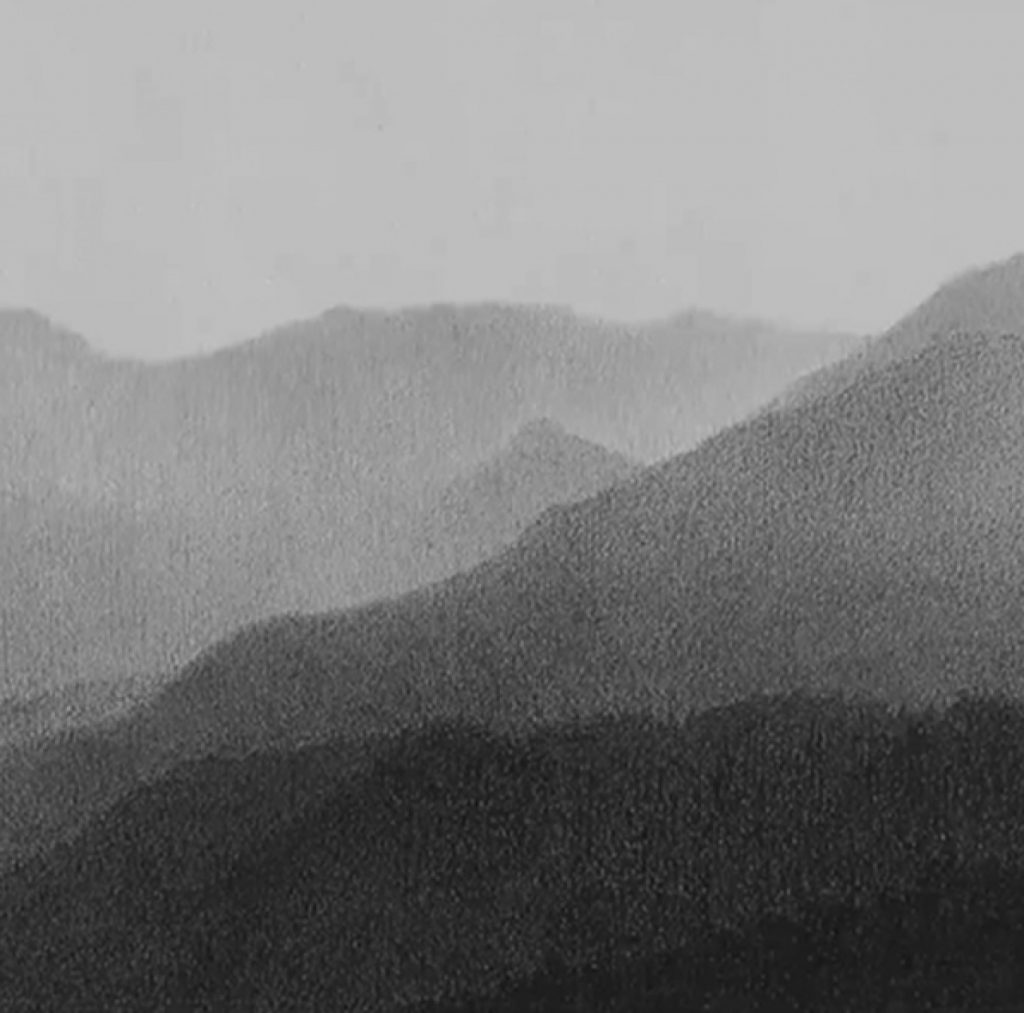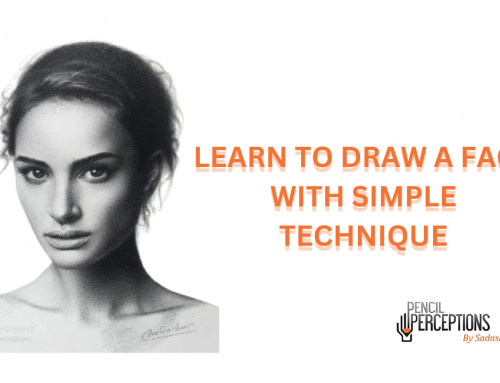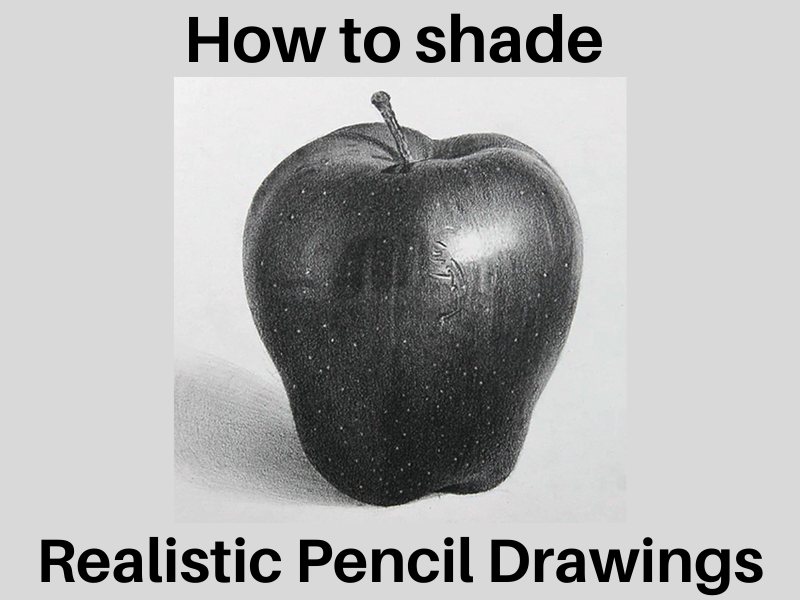5 Essential Pencil Portrait Drawing Tips for Beginner Artists
Have you ever thought about sketching and drawing but felt confused about how to draw? If yes, then you’re not alone. Drawing is something all of us try when we are kids, but we eventually give it up as we grow. Even when we think of starting it again, we get nervous as no drawing tutorials seem to help you in learning portrait drawing.
So, where should we start? The answer is this blog. We have listed down 5 tips which will help you as a beginner artist to learn to draw and master the art of sketching.
-
Know your tools
Although art supplies can be overwhelming as they come in a vast range, it is better to start your pencil portrait with the basic, limited and inexpensive supplies. However, it is also necessary to know about each tool and explore different supplies or techniques whenever you can so that you can pick your favourite and work with it in future.
Here is a list of basic supplies which you can use while beginning with your sketches:
Three different pencil grade



Drawing/sketching paper or sketchbook

Kneaded eraser

Basic metallic sharpener

Blending stumps or tortillons

It is suggested that you start exploring papers of different textures and thicknesses and observe how they affect your drawings to finally arrive at your favourite one.
-
Start with larger and simplified shapes
Every drawing is just a combination of simple shapes like cubes, cylinders, rectangles etc., and understanding this concept helps in visualizing your subjects. When you’re just starting doing this, you might want to delve into details of your drawing right away. But we suggest that you don’t just start adding textures or details in your sketch, at least until you get perfect in sketching a base outline. Once you’ve gained enough practice doing the same, you can further start practising shading and adding textures.
-
Learn to hold the pencil
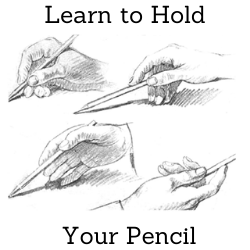
There is no particular way of holding a pencil; it depends on your comfort and you’ll get to know about it once you start learning to draw.
We generally suggest positioning your hand further away from the tip of your pencil, unlike we do while writing. Also, sketching involves moving your entire arm as you draw, so try to not keep your arms stiff. To know your style, you can switch between different hand positions while you’re drawing.
-
Develop hand-eye coordination for a better portrait drawing
To further progress in our portrait drawing skills, we must level up by drawing from both- photographs, and life. Through this, we develop a good perspective of how our subject would look in reality, with the help of our observational skills and hand-eye coordination.
-
Making sketching your habit
This is the most important tip to keep on practising these skills every day. Taking a certain time out of your schedule to sketch will ensure that you don’t forget your skills.
As a beginner, we recommend you to start your portrait drawing with the supplies that you can afford, and also which are comfortable for you. Start with the larger shapes, and then move to detail your sketch. Make this your habit so that you learn to draw with time and become a pro.
 Skip to content
Skip to content

